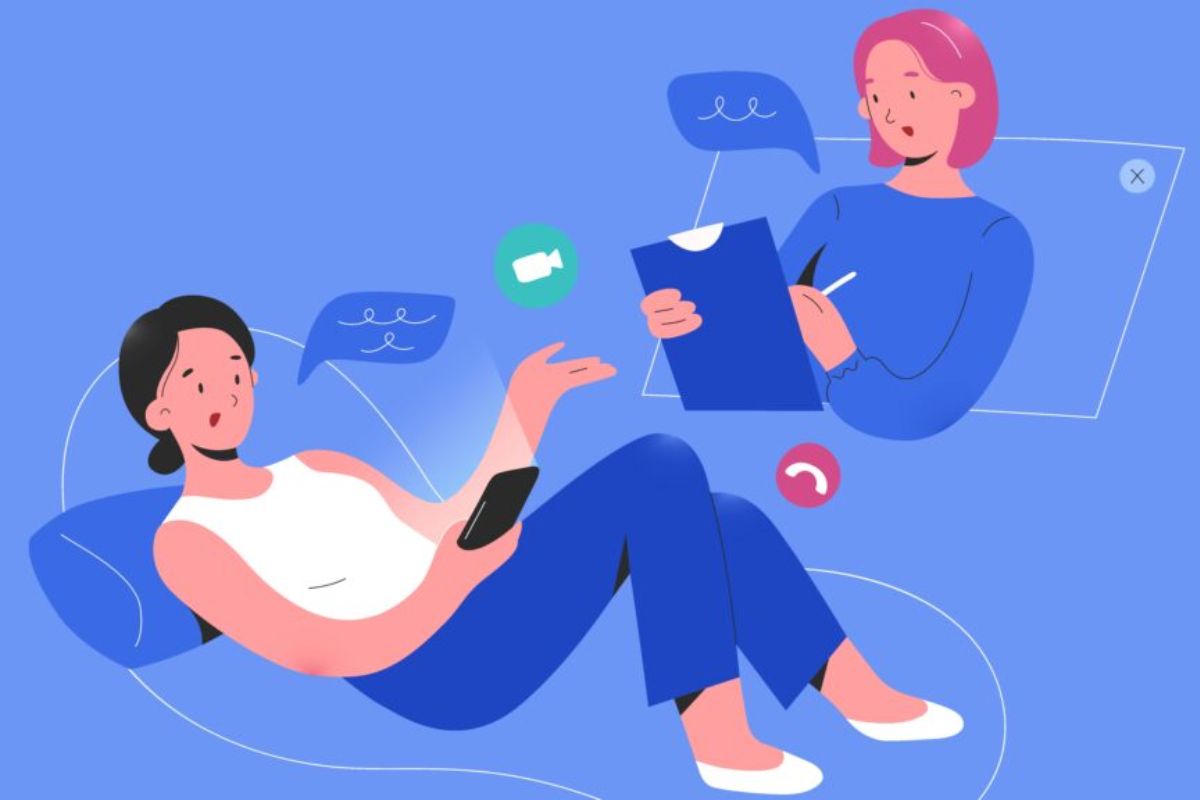Americans’ mental health care has never changed as quickly as it has since the spring of 2020. When the Covid pandemic forced so many of us to stay home and use Zoom, psychiatrists, psychotherapists, and social workers followed. What started as a quick fix is now becoming a long-term solution. Today, nearly 40% of outpatient mental health and drug treatment visits at hospitals and clinics are done remotely. In 2019, that number was only 1%.
For private psychotherapy practice visits, this estimate is likely to be even higher. The American Psychological Association did a survey last year, and 96 percent of clinical psychologists said they offered at least some services remotely. Millions of people can now get help for anxiety, depression, or PTSD without leaving the comfort and privacy of their own homes. No more long bus rides across town or meeting strange people in waiting rooms.

Telehealth is not the only thing. There were a lot of start-ups before the pandemic, and many of them grew quickly. Since then, there have been dozens more that offer to make your smartphone a partner in your mental health care. There are chatbot therapists that are based on A.I., therapy through chat and text apps, and cognitive behavioral therapy programs that run on smartphones. In 2021, companies that offer these kinds of services raised more than $5 billion worldwide. This is a 139% increase from the year before.
So, is this good news for the mental health of all Americans? Does the rise of digital technology make it easier to get therapy than ever before? Well, it depends. The mental health industry in America has to make a hard decision: take advantage of this time to help the millions of people who need it, especially poor Americans and immigrants, or let the differences that are already there get worse.
Since Sigmund Freud got most of his first patients from the upper class of Vienna, psychotherapy has had a problem with inequality. These days, universities and academic medical centers are where most advances in psychotherapy and clinical trials happen. Therapy has always been easiest for those who can pay for it, which means it is often hardest for those who need it the most. In the U.S., more than half of people with a diagnosable mental health condition don’t get treatment. Black, Latino, and Asian Americans have higher rates of these things. When they do get care, it is often not as good as the care white people and people with higher incomes get.
There is a real chance that teletherapy and other new technologies will make these differences worse instead of making them go away. If technologies aren’t made with underserved communities in mind and with their help, it may be even harder for low-income people and people from minority groups to get the care they need.
People have different internet, broadband, and mobile phone data plans, which can make it hard to get online. Most Spanish-speaking patients at the public clinics where I do research and work get care over the phone because they don’t have access to the internet or data plans and don’t know how to use computers. We’ve sometimes dealt with this by teaching patients how to use technology tools and have even helped pay for mobile phone data plans through research grants. But that won’t work in every situation.
Please Bookmark our Nog Magazine.com site for the latest News. check our Gaming and technology section for more related updates.